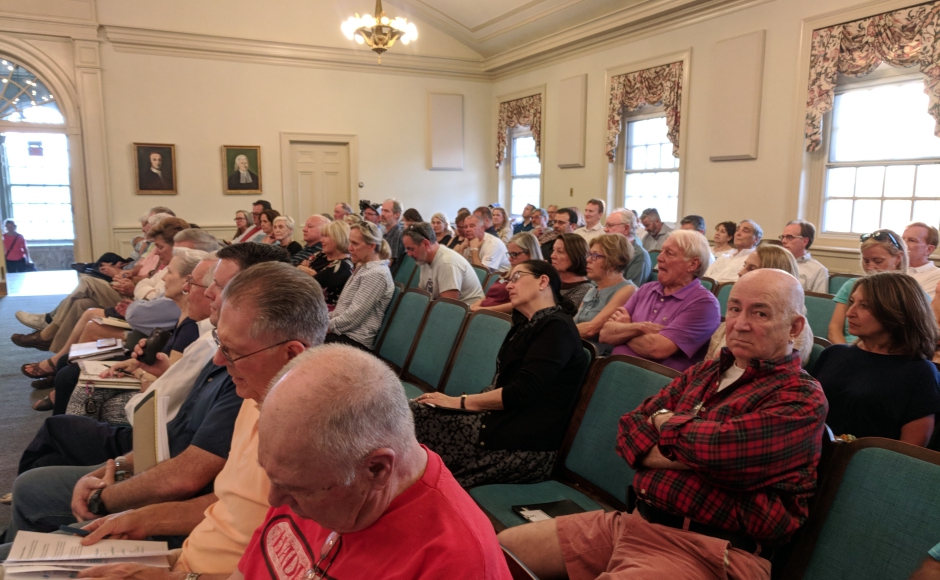 Seniors cram a May 2018 information session about the Bancroft redevelopment proposal. Credit: Matt Skoufalos.
Seniors cram a May 2018 information session about the Bancroft redevelopment proposal. Credit: Matt Skoufalos. Seniors cram a May 2018 information session about the Bancroft redevelopment proposal. Credit: Matt Skoufalos.
Seniors cram a May 2018 information session about the Bancroft redevelopment proposal. Credit: Matt Skoufalos. Seniors cram a May 2018 information session about the Bancroft redevelopment proposal. Credit: Matt Skoufalos.
Seniors cram a May 2018 information session about the Bancroft redevelopment proposal. Credit: Matt Skoufalos.